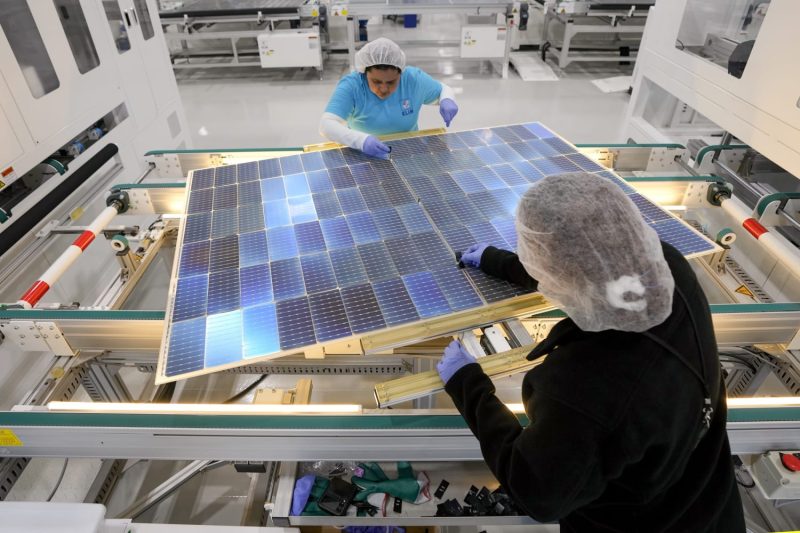
Unleashing Innovation: The Economic Boom ignited by the Inflation Reduction Act
The Inflation Reduction Act of 2025: Driving a Manufacturing and Clean Energy Transformation
In 2025, the passing of the Inflation Reduction Act marked a pivotal moment in the realm of economic policymaking. This groundbreaking legislation not only sought to tackle rising inflation but also paved the way for a significant transformation in the manufacturing and clean energy sectors. By examining the key provisions of the Inflation Reduction Act and its impact on these industries, we can gain valuable insights into the interconnected dynamics of economic policy and environmental sustainability.
One of the central pillars of the Inflation Reduction Act was the establishment of tax incentives and subsidies for green manufacturing practices. Recognizing the urgent need to reduce carbon emissions and promote sustainable production methods, the act provided financial support for companies that invested in eco-friendly technologies and processes. This incentivized businesses to adopt cleaner practices, leading to a notable increase in the adoption of renewable energy sources and more efficient manufacturing techniques.
As a result of these incentives, the manufacturing sector experienced a significant boom, with companies across various industries shifting towards sustainable production methods. This not only helped reduce the environmental impact of manufacturing processes but also created new opportunities for innovation and growth. By investing in clean energy technologies and practices, manufacturers were able to improve their efficiency, reduce their operational costs, and enhance their competitiveness in the global market.
Furthermore, the Inflation Reduction Act also played a key role in driving the growth of the clean energy sector. By providing financial support and regulatory incentives for renewable energy projects, the act catalyzed a rapid expansion of the clean energy industry. This led to a surge in investment in solar, wind, and other renewable energy sources, creating new jobs and driving economic development in communities across the country.
The synergy between the manufacturing and clean energy sectors fueled a cycle of innovation and progress, with companies leveraging green technologies to drive economic growth and reduce their environmental footprint. This dual focus on sustainability and economic development laid the foundation for a more resilient and competitive economy, positioning the United States as a global leader in clean energy and green manufacturing.
In conclusion, the Inflation Reduction Act of 2025 sparked a manufacturing and clean energy boom by incentivizing sustainable practices and driving investment in renewable energy projects. By aligning economic policy with environmental goals, the act demonstrated the transformative power of targeted interventions in shaping industries and fostering innovation. Moving forward, continued support for green manufacturing and clean energy initiatives will be vital in building a more sustainable and prosperous future for all.
